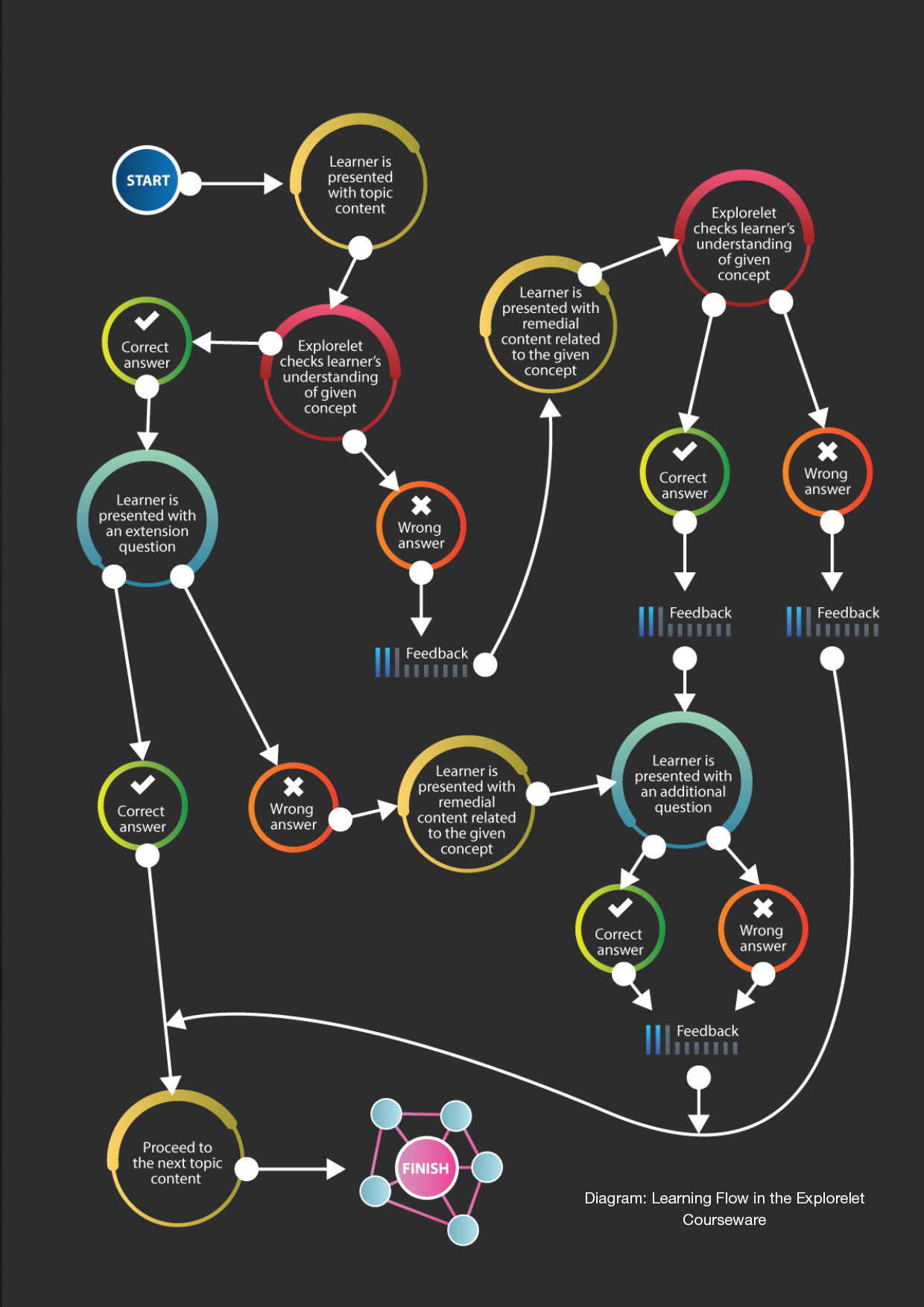by AP Dr Nantha Kumar Subramaniam
Head, Centre For Learning
Technology, OUM

As any avid observer of trends in educational technology will be able to tell, ascending at any one time on the horizon is a number of trends, most of which will invariably fizzle out of favour, leaving behind perhaps one or two that, given time, may come into full flowering. A trend that may well prove to have longevity is adaptive learning.
The definition of adaptive learning varies depending on whom you ask. Some conflate it with “personalised learning” while others draw a clear distinction between the two. For the immediate purposes of this article, I borrow from Smart Sparrow, a specialist in adaptive and personalized learning, the following wording: “Adaptive learning – or adaptive teaching – is the delivery of custom learning experiences that address the unique needs of an individual through just-in-time feedback, pathways, and resources (rather than providing a one-size-fits-all learning experience).”
Given the promise of adaptive learning, I decided to experiment with it for a course I lead, one that involves object-oriented programming. The task I set for myself was enabled by the existence of a lesson plug-in in OUM’s myINSPIRE learning management system (LMS). With this plug-in, I proceeded to develop a coursework known as “explorelet” that helped learners improve their object-oriented programming skills and provided them with instant feedback to correct erroneous understanding of the lesson.
Here is how the explorelet works in simple terms (see diagram on next page): Based on the learner’s performance in the core explorelet, a dynamic path is built to lead her through the lesson’s content according to her level of mastery. In principle, content is presented to the learner for consumption before her knowledge is evaluated with a question. If she gets the answer wrong, then, she will be presented with remedial contents and additional questions to help her catch up. When the learner successfully completes this learning cycle, she will receive reward points as a gamification technique to motivate consistent participation and long-term engagement.
Just as the explorelets are useful in aiding the learner via the creation of a dynamic learning path, so too are they useful in helping the instructor to understand the learner’s progress. The latter is enabled by an analytic application which I built using Java and subsequently linked to OUM’s myINSPIRE database, yielding both diagnostic and predictive insights.
Adaptive learning stands out as one of the more promising e-learning trends that OUM is exploring as part of its continuous effort to enhance teaching and learning.
Although the explorelets were built for object-oriented programming in my experimental project, they may easily lend themselves to non-technical courses. In any type of course, the explorelets create a dynamic path for each individual learner based on the given tasks, behaviours, and responses. In a nutshell, then, adaptive learning stands out as one of the more promising e-learning trends that OUM is exploring as part of its continuous effort to enhance teaching and learning. Projected to grow into a multi-billion-dollar market by 2025, adaptive learning injected with artificial intelligence may well turn out to be an abiding practice in the near future.

Five Minutes with AP Dr Ahmad Izanee Awang, Acting General Manager(Business Development & Support Services)
by AP Dr Nantha Kumar Subramaniam Head, Centre For Learning Technology, OUM
my_philosophy profiles OUM academics, facilitators, tutors, and subject-matter experts, as well as the personal educational philosophy that drives each of them